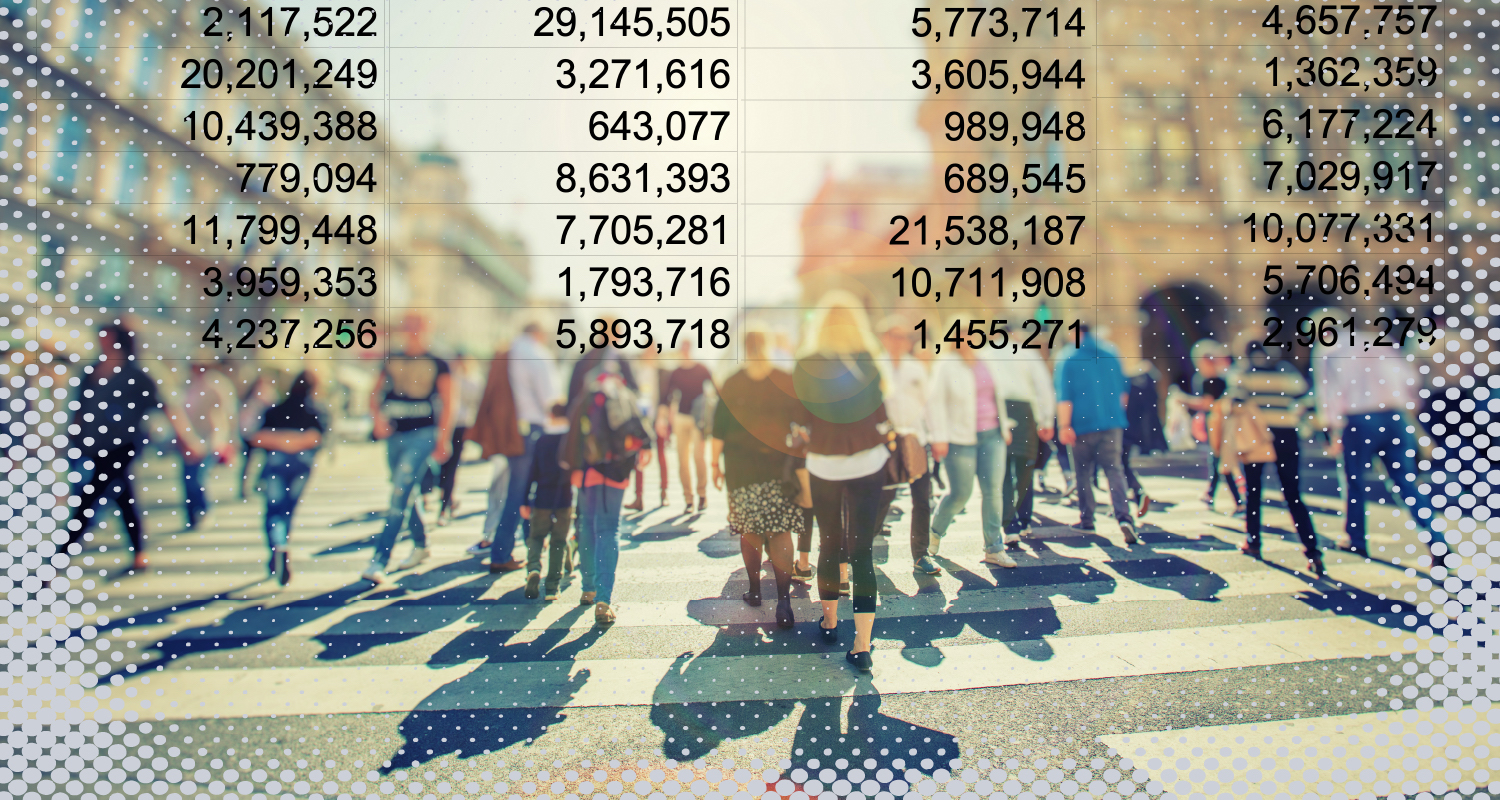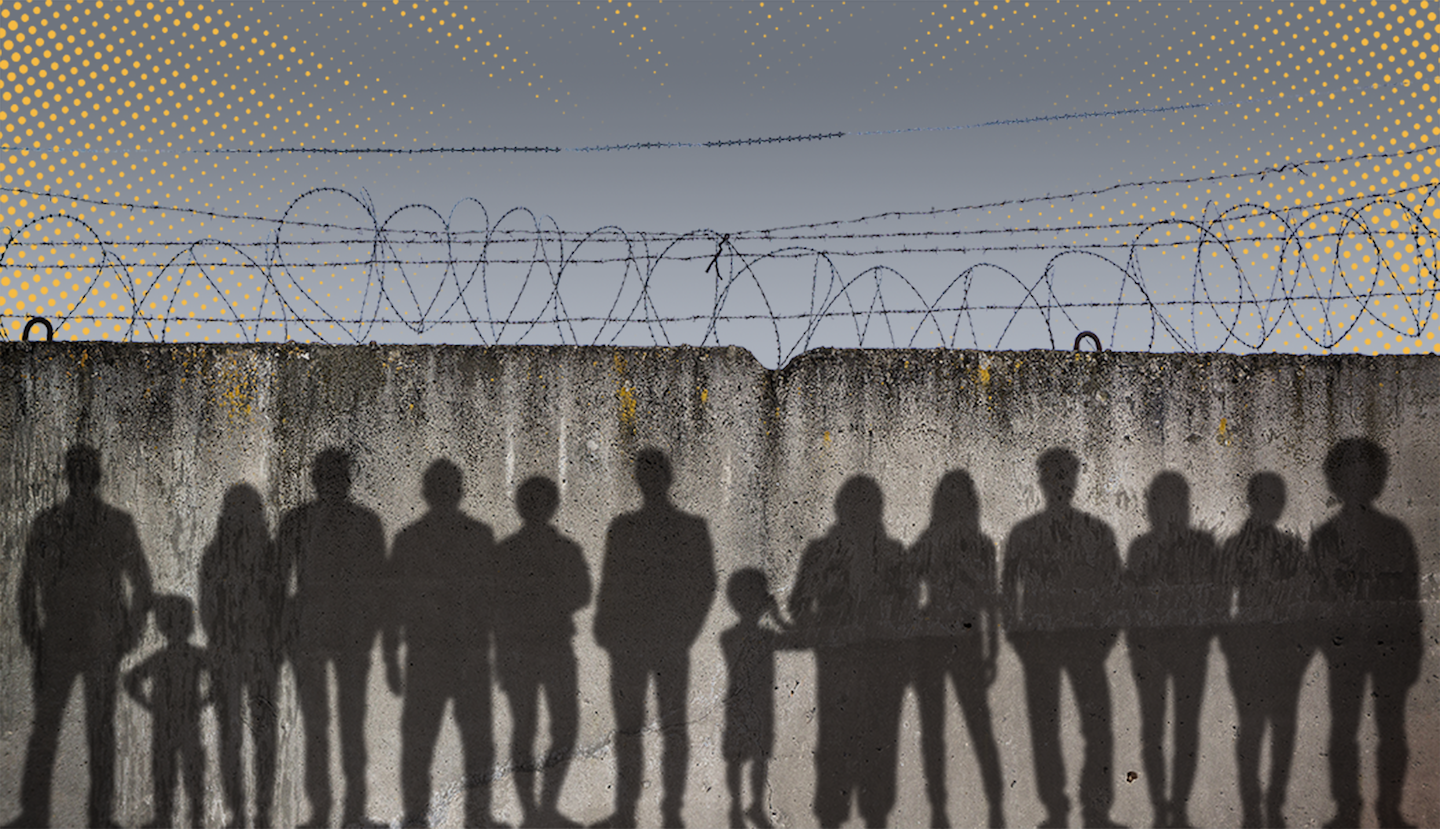The U.S. Census Bureau released in-depth demographic statistics from the 2020 census in August 2021, with more releases still to come. This once-a-decade data dump is immense, detailed, highly technical — and massively influential in communities across the United States. Journalists from all beats will use this data in their reporting for years to come. This self-directed course, part of Poynter’s training series on the 2020 census, will help journalists access and analyze census data to cover their changing communities, now and in the future.
In five lessons – taken at your own pace – we’ll walk you through how to find good stories in your community or state using the latest “redistricting data” file. It includes numbers about overall population totals, race and Hispanic origin, and housing units. We’ll show you how to find data for states, counties, cities and even local neighborhoods, and compare 2020 counts with 2010 numbers, using tools developed for journalists and available through Big Local News.
In addition to informing apportionment and redistricting, these numbers steer at least $1.5 trillion a year in federal funding, guide enforcement of civil rights laws and influence decisions about where to build new schools, roads or businesses. They also are used for research on health, impact of climate change and other topics.
By the end of this two and a half hour online course, you will be able to begin reporting and storytelling immediately. You also will have access to presentation slides and lists of resources to help you for years to come.
Questions?
If you need assistance, email us at info@poynter.org.











